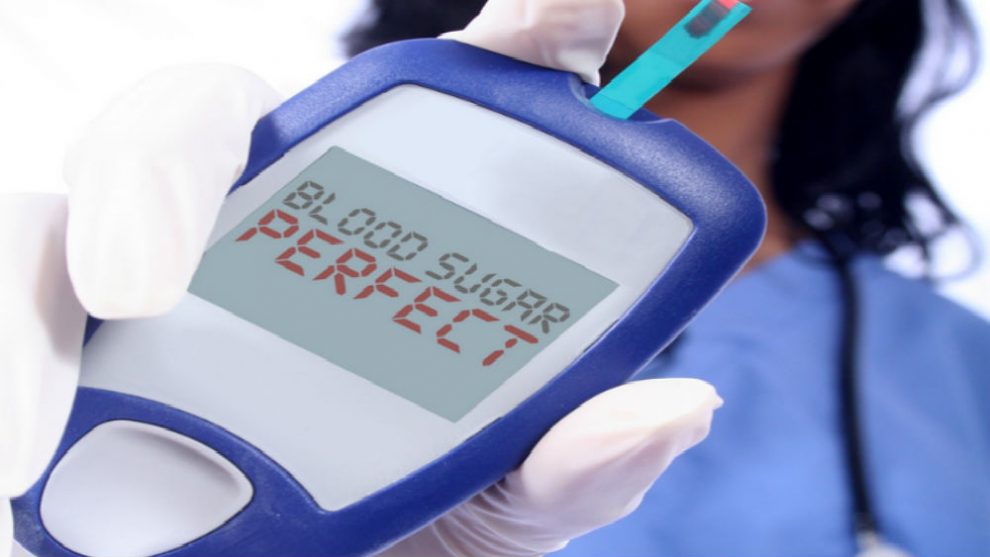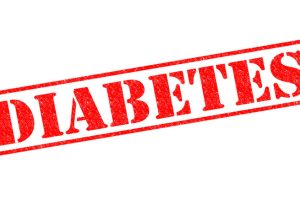Sufferers of type 2 diabetes will be familiar with the challenges of controlling blood sugar levels – it’s a factor that must be monitored every single day and is vital for the prevention of future diabetes complications. Although it may seem a tough task in the beginning, there are a number of simple things that can actively bring this struggle into your control:
1. Direct Blood Sugar Monitoring
The use of a monitoring device can be incredibly helpful for personal observations of your blood sugar levels and allow you to record your progress. Monitors and observations may also be carried out over a period of months by your doctor; this can show overall trends in your sugar levels and allow any potential problems to be identified before they pose a risk to your health.
2. Taking Prescribed Medication
Depending on your health and circumstance, you may be required to take prescription medication in order to keep your blood sugar levels stable. If you do not currently take any medication, you can strike up a conversation with your doctor and discuss the potential need or reasons why you may not need to – it never hurts to ask.
3. Having a Balanced Diet
Healthy eating seems to be a preventative approach in all health problems, right? But it does work and when it comes to the areas of heart and stroke risk, a balanced diet is essential. Not only can your dietary choices aid the reduction of risk in developing more serious conditions, but eating foods such as complex carbohydrates (whole grains, breads and pasta) also provide a more stable release of sugars compared to a tempting bar of chocolate, which has the reverse effect. You should enjoy a diverse range of fruits, vegetables, lean meat, fish and dairy products, just remember the golden rule; all in moderation!
4. Regular Exercise
Practicing a regular routine of physical activities has been proven to increase heart health and decrease blood pressure problems. When you exercise, your body uses glucose more efficiently than before. In addition, exercise may even boost the release of insulin!




Add Comment